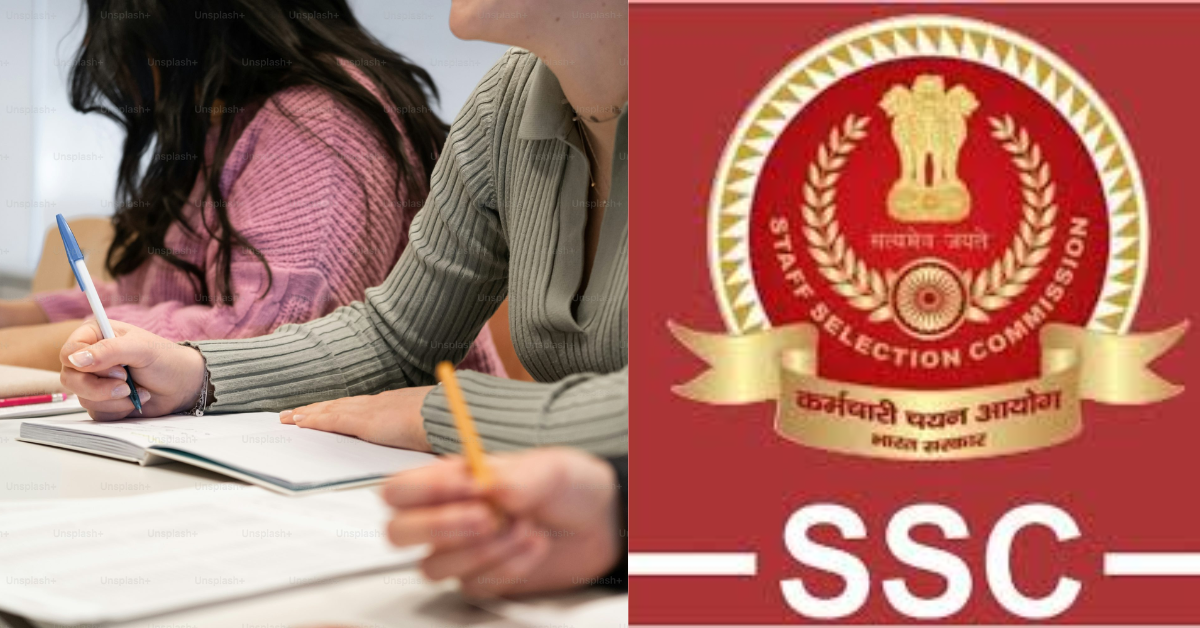Scheme for Plantation Development
In a bid to bolster the production of natural rubber in India and foster sustainable agricultural practices, the Rubber Board, operating under the aegis of the Department of Commerce, Ministry of Commerce and Industry, has launched the “Scheme for Plantation Development (New Planting & Replanting)” within the framework of the Medium Term Framework Plan (MTFP). This scheme primarily targets regions like Kerala, Tamil Nadu, and the Non-Traditional and North Eastern areas, aiming to accelerate new planting and replanting activities while ensuring adherence to scientific methods.
Overview table of Scheme for Plantation Development
| Aspect | Description |
|---|---|
| Scheme Name | Scheme for Plantation Development |
| Implementing Authority | Rubber Board under the Department of Commerce, Ministry of Commerce and Industry, Government of India |
| Objective | Augment natural rubber production through accelerated new planting and replanting initiatives, ensuring adherence to scientific methods |
| Target Regions | Kerala, Tamil Nadu, Non-Traditional and North Eastern areas |
| Benefits | Substantial subsidies for new planting and replanting efforts |
| Rate of Subsidy | Traditional Region: General Category: ₹20,000/- per hectare + ₹5,000/- per hectare for advanced growth planting material. SC Category: ₹35,000/- per hectare. Non-Traditional and North Eastern Region: ₹35,000/- per hectare |
| Mode of Payment | Single installment via bank e-transfer upon satisfactory completion of work items |
| Eligibility Criteria | Traditional Region: Rubber areas not exceeding 2.00 hectares. Non-Traditional and North Eastern Region: Rubber areas not exceeding 5.00 hectares. |
| Application Process | Online application through the ServicePlus Portal |
| Documents Required | Identity proof, bank passbook photocopy, valid certificate from Village Officer, sketch of applied area, bill of planting material, nomination (if applicable), caste certificate (for SC applicants), PAH Declaration Form (if applicable) |
| Conclusion | The scheme aims to enhance natural rubber production through sustainable planting practices by providing financial incentives, technical guidance, and a transparent application process |
Objectives
The primary objective of the scheme is to augment the production of natural rubber by facilitating accelerated new planting and replanting initiatives. This is achieved through the provision of comprehensive technical guidance and financial assistance to growers.
Benefits
Under this scheme, growers stand to benefit from substantial subsidies aimed at incentivizing new planting and replanting efforts. The rates of subsidy vary based on the region and category of the grower.
Rate of Subsidy
Traditional Region
- General Category: ₹ 20,000/- per hectare + ₹ 5,000/- per hectare for advanced growth planting material (Polybag/ Root trainer plants). Additionally, a subsidy of ₹ 10/- per plant is provided, capped at 500 plants per hectare.
- SC Category: ₹ 35,000/- per hectare + ₹ 5,000/- per hectare for advanced growth planting material (Polybag/ Root trainer plants). Similarly, a subsidy of ₹ 10/- per plant is offered, limited to 500 plants per hectare.
Non-Traditional and North Eastern Region
- ₹ 35,000/- per hectare with an additional ₹ 5,000/- per hectare for advanced growth planting material (Polybag/ Root trainer plants). The subsidy rate remains ₹ 10/- per plant, with a maximum of 500 plants per hectare.
Mode of Payment
Subsidies for planting are disbursed in a single installment, contingent upon the satisfactory completion of stipulated work items as determined by the Rubber Board. Payment is facilitated exclusively through bank e-transfers, necessitating beneficiaries to furnish Aadhar-linked bank account details during the application process.
Scheme for Plantation Development Eligibility Criteria
Traditional Region
- Growers with rubber areas not exceeding 2.00 hectares are eligible for assistance.
- The planting grant is limited to an area of 1.00 hectare.
- Growers initiating new planting/replanting activities in a minimum area of 0.10 hectares qualify for assistance.
- Absolute possession of the land in question is a prerequisite for eligibility.
- Areas classified as paddy fields are ineligible for assistance under this scheme.
Non-Traditional and North Eastern Region
- Growers with rubber areas not exceeding 5.00 hectares are eligible for assistance.
- The planting grant is capped at an area of 2.00 hectares.
- Similar to the traditional region, new planting/replanting endeavors covering a minimum area of 0.10 hectares are eligible for assistance.
- Possession of the land is a mandatory requirement.
- Areas designated as paddy fields are disqualified from receiving assistance.
Other Terms & Conditions
The scheme mandates the maintenance of a minimum stand of rubber plants (@450/ha) with satisfactory growth, as evaluated by inspecting officers. Additionally, certain conditions regarding the retention of non-rubber trees and soil erosion prevention measures are outlined. The Executive Director of the Rubber Board reserves the right to reject applications without providing reasons.
Scheme for Plantation Development Apply Online
The application process for the scheme is conducted online through the ServicePlus Portal, involving the following steps:
- Registration: Register on the ServicePlus Portal and verify your Email ID and Mobile Number via OTP.
- Login: Login to the ServicePlus Portal using the provided credentials.
- Application Submission: Fill out the application form for the “RUBBER PLANTATION DEVELOPMENT SCHEME” available in the service list.
- Submission: After filling in all mandatory fields, submit the application.
- Tracking: Note down the Application ID/Reference ID to track the application status.
Scheme for Plantation Development Documents Required
Applicants need to submit the following documents along with their application:
- Identity Proof (Voter ID, PAN, Driving License, Passport)
- Photocopy of bank passbook showing account details
- Valid Certificate from Village Officer confirming ownership of rubber area
- Sketch of the applied area with boundary descriptions
- Bill of Planting Material purchased (not mandatory for certain years, self-declaration required)
- Nomination (if applicable)
- Caste Certificate (for SC applicants)
- PAH Declaration Form (if applicable)
Conclusion
The “Scheme for Plantation Development” by the Rubber Board presents a pivotal opportunity for growers in traditional, non-traditional, and North Eastern regions to enhance natural rubber production through sustainable planting practices. By providing financial incentives, technical guidance, and a transparent application process, the scheme aims to revitalize rubber plantations while fostering economic growth and environmental stewardship.
Frequently Asked Questions
Ans: The Scheme for Plantation Development, initiated by the Rubber Board, aims to boost natural rubber production in India by supporting new planting and replanting activities, especially in regions like Kerala, Tamil Nadu, and the Non-Traditional and North Eastern areas.
Ans: The primary objective is to augment natural rubber production by providing technical guidance and financial assistance for accelerated new planting and replanting initiatives.
Ans: Growers can avail substantial subsidies to incentivize new planting and replanting efforts, with rates varying based on region and grower category.
Ans: Subsidies are disbursed in a single installment via bank e-transfers, contingent upon satisfactory completion of stipulated work items as determined by the Rubber Board.
Ans: Eligibility criteria vary for Traditional and Non-Traditional/North Eastern regions, based on factors such as rubber area, possession of land, and type of planting activity.
- RBI SO Syllabus and Exam Pattern 2025 for Grade A and B

- RBI SO Eligibility 2025, Check Qualification & Age Limit

- RBI SO Exam Date 2025, Check Phase 1 Schedule for Grade A/B

- RBI SO Apply Online 2025 Before 31st July for 28 Vacancies

- RBI SO Notification 2025 Out for 28 Vacancies of Grade A & B

- Free SSC CHSL Topic Wise Tests for English, Quant & More, Attempt Now


